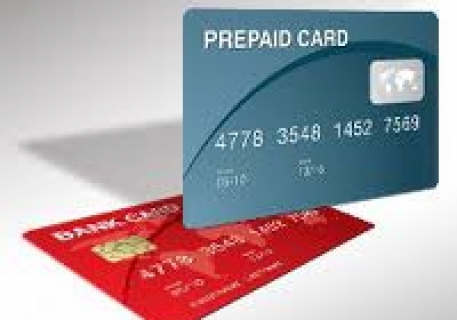
High-income Millennials are rapidly dismantling the idea that prepaid cards are only for lower-income and unbanked users in the U.S. That’s the conclusion of a new discussion paper from the Payment Cards Center of the Federal Reserve Bank of Philadelphia, based on a 2013 survey of 4,200 U.S. adults. That could require some rethinking about how prepaid cards fit into the payments landscape.
The survey, which found that a quarter of U.S. households use general-purpose reloadable prepaid cards, sliced its data by age and household income. What emerged was a picture of what the paper calls prepaid “power users” who are young, mid- to upper-income, and combine both mainstream and alternative financial services in ways that make it harder to peg prepaid users as “underbanked.”
According to the survey, 45 percent of households headed by Millennials (age 18 to 32) include someone using a reloadable prepaid card. (That does not include specialized prepaid cards such as those for for government benefits.) Prepaid use drops to 35 percent of Generation X households (age 33 to 48), and plummets to 18 percent among Baby Boomers (age 49 to 67) and 4 percent among the oldest Americans.
The survey also found that the most active prepaid-card users in each group were those with incomes above $50,000 — and the highest usage of all was among Millennials with household incomes above $100,000, where 96 percent used a prepaid card more than once a month, and spent an average of $173 that way.
High-income Millennial users also reloaded cards more often (81 percent reloaded more than once a month) and with more value ($117 per reload, on average) than any other group.
Even more confounding for the standard assumption that prepaid cards are for lower-income and unbanked customers is the survey’s finding that 90 percent of all prepaid-card-using households have checking accounts, 85 percent have debit cards and 75 percent have general-purpose credit cards — all numbers in the same range as for those who don’t use prepaid cards. Prepaid users are not unbanked — they appear just to like prepaid cards along with conventional, bank-based payment services.
But prepaid-card users are much more likely to use person-to-person electronic transfers than non-prepaid users. For example, 53 percent of prepaid users said they transferred money using PayPal in the previous year, versus 40 percent of prepaid non-users.
What’s not certain is why the use of prepaid cards skews so young. The paper’s authors — Susan Herbst-Murphy, a senior industry specialist in payment cards at the Philly Fed, and Greg Weed, director of card performance research at Phoenix Marketing International, which did the survey — speculate that pre-Baby Boomer Americans grew up with checks, Baby Boomers came of age with credit cards, Generation X was the first group to use debit cards, and prepaid cards are literally a Millennial phenomenon: Visa launched its first general-purpose prepaid card in 2000.
It’s also not clear who in Millennial households uses the prepaid cards. In some cases they may be used to limit spending by younger household members, so children can’t run up credit cards or overdraw debit-card accounts.
But the survey did show that prepaid users largely agreed that the cards had benefits over using cash or credit or debit cards. The group with the highest proportion agreeing: 58 percent of those heading over-$100,000 households.